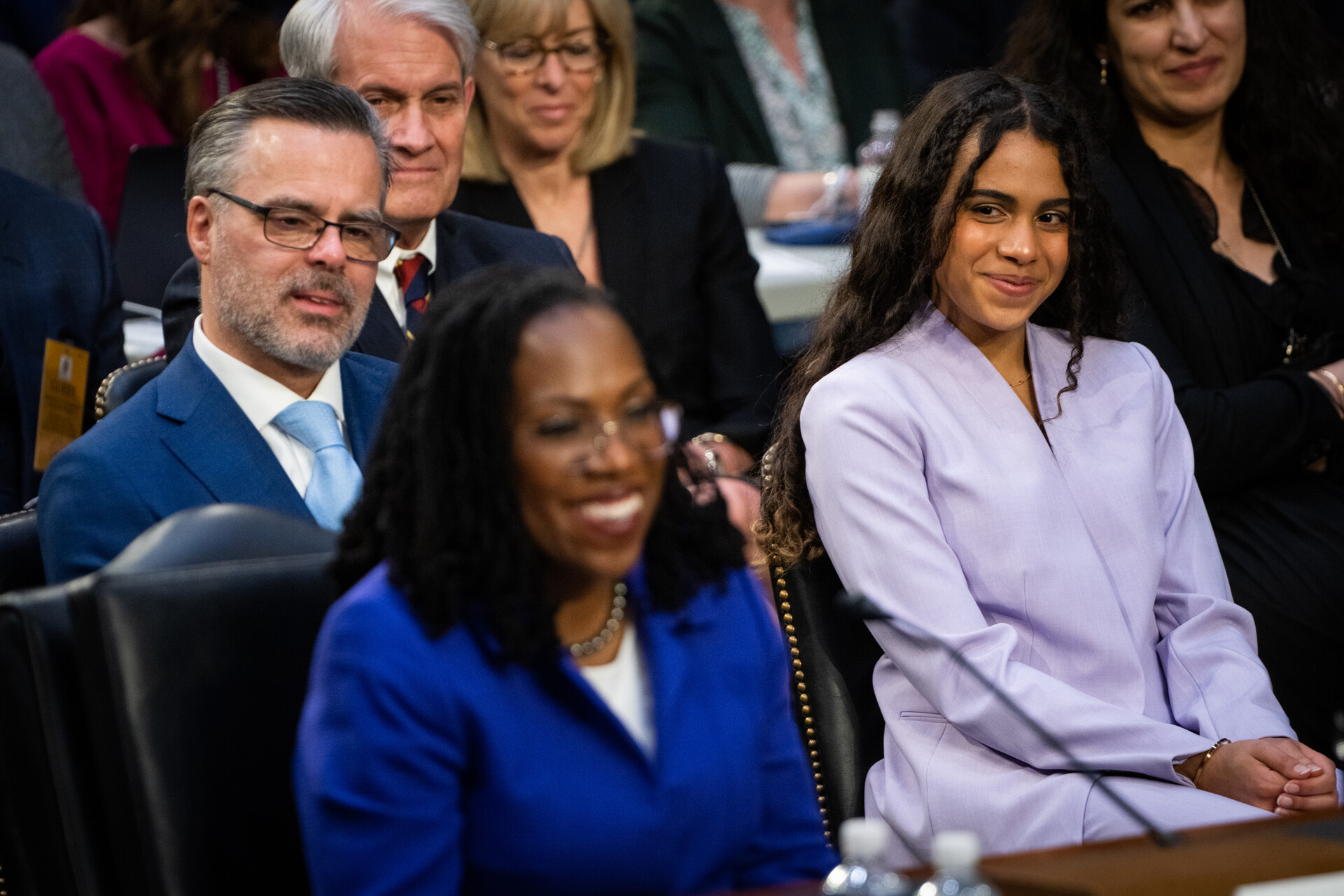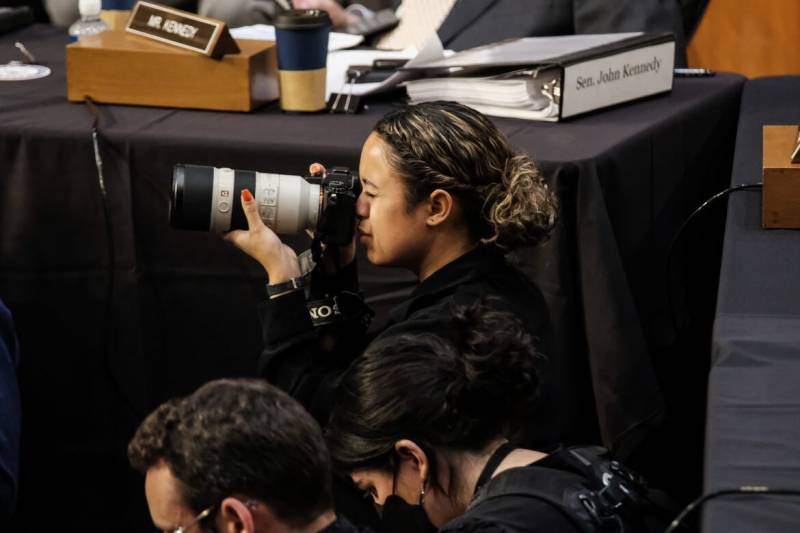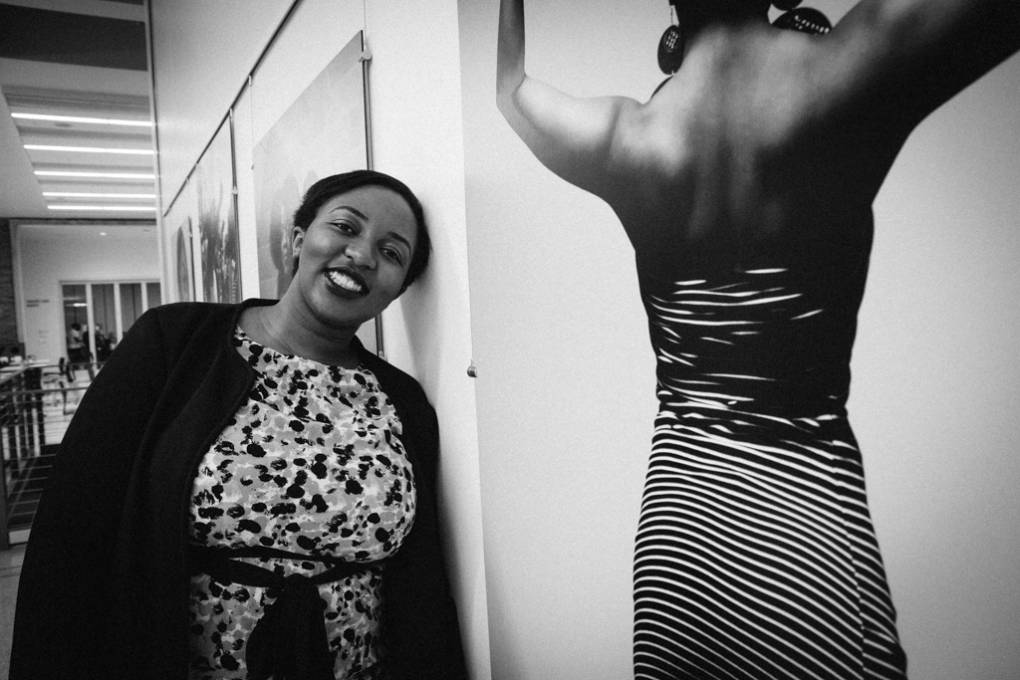The photo was instantly iconic: Supreme Court nominee Judge Ketanji Brown Jackson sits at her confirmation hearing, smiling broadly. Her husband, Patrick Jackson, sits behind her.
But the camera’s focus is on the person next to him: Jackson’s daughter Leila Jackson, who gazes at her mother with a smile and a look of intense admiration and pride.

The photographer who captured that image — which traveled swiftly around the world — is Oakland’s own Sarahbeth Maney, photography fellow at The New York Times’ Washington, D.C. bureau. If her name and talent are familiar to you, you may have seen her featured in KQED Arts and Culture’s 2021 story about the Black Women Photographers network.
KQED’s Tara Siler spoke with Maney about the logistics of capturing the scene, the weight of covering Jackson’s confirmation hearings and the journey from the Bay Area to covering Washington, D.C.
This interview has been lightly edited for length and clarity.
The moment the photo was captured
I was on the sidelines of the room and I was standing on top of the steps or peeking over the wall, and I had a really good view of the front row and the people, the family members sitting in the front row. And during that time, there were senators making comments to Judge Jackson and mostly comments of praise and admiration of her.
I immediately looked towards her daughter, who was seated behind her, and I noticed this expression. And it was one of just pure admiration for her mother — and excitement. And it really made me feel just a sense of pride to be in the room and share that moment as well, as a Black woman.


